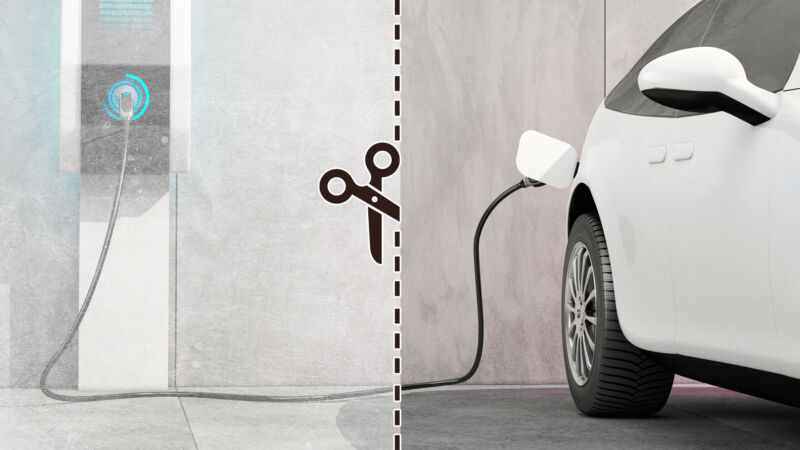What do we do about all the people who can’t charge an EV at home?

Enlarge (credit: Aurich Lawson | Getty Images)
For much of the automobile's existence, speed was the statistic that sold. But the move to electric vehicles is emphasizing range over performance-ironic given the EV's inherent performance advantage here. While range remains a barrier to EV adoption, it takes second place to charging logistics. For about two-thirds of US drivers, the answer is simply to charge at home, parked in a garage or carport. But for the remaining third, that's not possible, and that's a problem.
From the post-war decades, a win at the racetrack or a new speed record translated to showroom success, both in the US and Europe. In turn, horsepower wars between automakers erupted every few years, steadily making our cars quicker and quicker. That trend is arguably accelerating-the near-instant torque of an electric motor means even SUVs that aren't supposed to be that sporty are capable of 0-to-60 times that would rival a supercar not too long ago.
But when every EV can launch from a stoplight fast enough to give you whiplash, pretty soon everyone needs a new reason to one-up each other. The range fixation makes plenty of sense, given the long charging times and the difficulty that would ensue from completely running out of charge while out in the world. But in practice, most of us drive fewer than 30 miles a day, and many EVs fill their days running errands and commuting, returning home to recharge to 100 percent overnight.